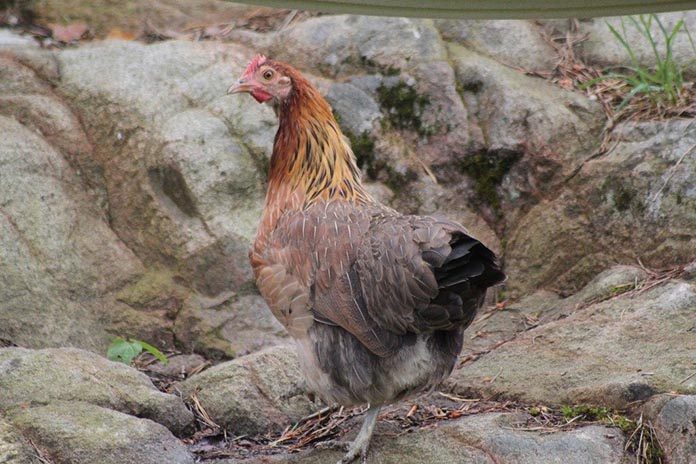
Finnish landrace breed chicken is classified as a light egg layer. Meat is also consumed subsistence production and it is described as tasteful.
There is large variation in phenotypic characteristics between the current family lines inside the Finnish landrace chicken. For example in body size, egg laying performance, broodiness, egg size and color. Usually eggs are small or medium size and the egg color is light brown or beige, but not white. Sometimes even green shaded eggs can been found.
Archaeological evidences are indicating that chicken appeared to Finland almost 1000 years ago. First, chickens were kept only by those with elevated socio-economic status. Over time, chickens proliferated throughout the country and eventually were established for family consumption on almost every farm. Slowly over the time village chickens isolated and formed populations, which are founders of current family lines of Finnish landrace chicken.
During its history, several introgression evens occurred, although the breeds crossed were never known. At that time chickens adapted to modest living conditions (cold and poor shelter) and poor nutrition, especially in the winter time. During summer chickens were free ranging. Large‐scale egg production almost totally replaced the native breed in 1950’s. The lines are named either after the place where they were discovered (Hornio, Savitaipale, Kiuruvesi, Piikkiö, Tyrnävä, Luumäki, Ilmajoki, Häme and Iitti) or after the person who found them (Lindell, Jussila or Alho).
First conservation actions were taken already in the 1960s when the ‘Kiuruvesi’ population or family line was rescued. The conservation programme for the endangered chicken lines was established in 1998 and it maintains today 10 different landrace family lines. The uniqueness of each discovered flock has been evaluated according to their known history and phenotypic characteristics. The programme is based on a network of over 400 hobby breeders and is coordinated by Natural Resource Institute Finland. Currently, the hobby breeders in the network have more than 5 000 Finnish Landrace hens and breeding roosters (adult, older than one yearold). The modern trend of raising “city chickens” in urban areas has increased the popularity of the Landrace chicken.
The comprehensive genetic diversity study of the different lines is still in process, which will reveal the genetic diversity between the lines and theirs relationships to the European breeds and commercial lines.
From the Genetic Preservation Summit, Alberta, Canada

















